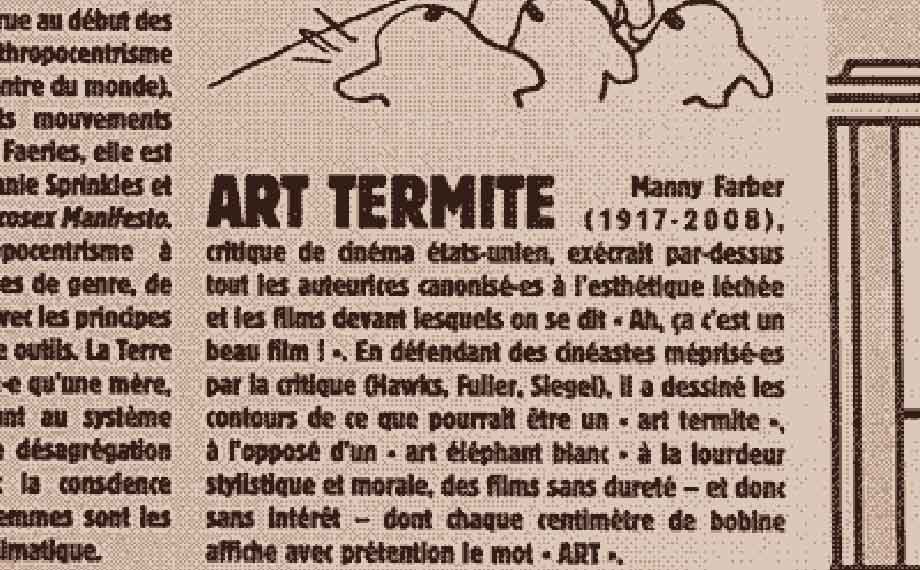
Palais de Tokyo
0241229
French is syllable-timed.
In a syllable-timed language, each syllable has the same duration when pronounced.
Orthography
Ligatures, such as œ (e.g., "œuvre") and æ (e.g., "cæur"), in older texts, are sometimes used.
Accents
Accents modify pronunciation or meaning.
| Accent | Name | Example |
|---|---|---|
| é | accent aigu | éléphant |
| è, à, ù | accent grave | très, où |
| ê, â, î, ô, û | accent circonflexe | forêt |
| ë, ï, ü | tréma | naïve |
Cedilla (ç)
It softens the "c" before "a," "o," or "u," as in "façon".
Phonology
Vowels
a, e, i, o, u, y with variations (e.g., open/closed sounds: é vs. è)
Nasal vowels (vowels followed by "n" or "m")
e.g., "pain" [pɛ̃] (bread), "mon" [mɔ̃] (my).
Silent Letters
Sometimes, silent letters are used at the end of words (-e, -s, -t, -d) to create liaison (linking sounds between words).
"Les amis" → [lez‿ami]
"Nous avons" → [nuz‿avɔ̃]
Grammar
The grammar is highly inflected, with gendered nouns, adjective agreement, and verb conjugation across multiple tenses and moods.
Gender and Number
Nouns
Masculine or feminine (e.g., "le chat" (the male cat) / "la chatte" (the female cat)).
Articles
Definite (le, la, les), indefinite (un, une, des), partitive (du, de la, des).
Adjectives
Must agree in gender and number (e.g., "grand" → "grande", "grands", "grandes").
Verbs
Conjugation varies by tense, mood, and person.
Present tense: "Je mange" (I eat).
Past tense: "J'ai mangé" (I ate).
Future tense: "Je mangerai" (I will eat).
95.86 kB